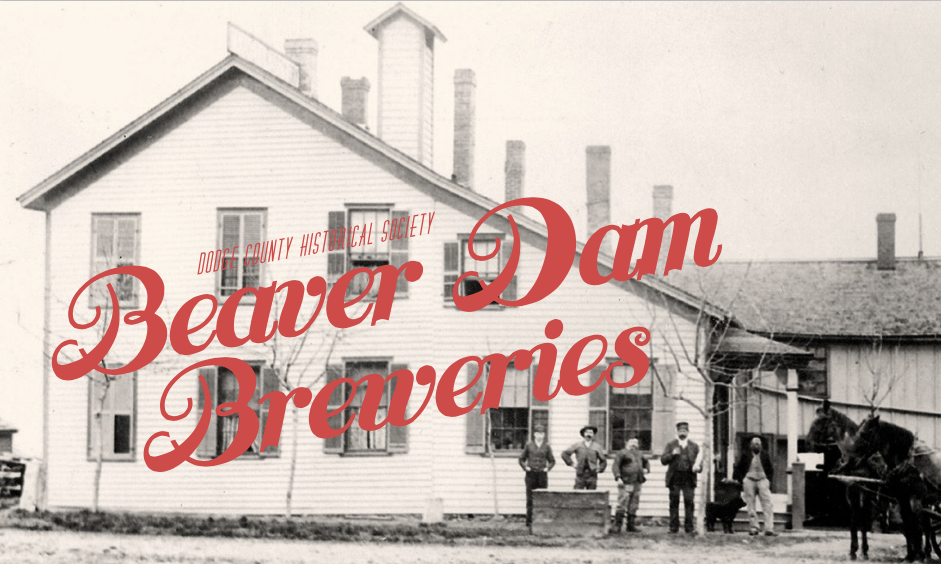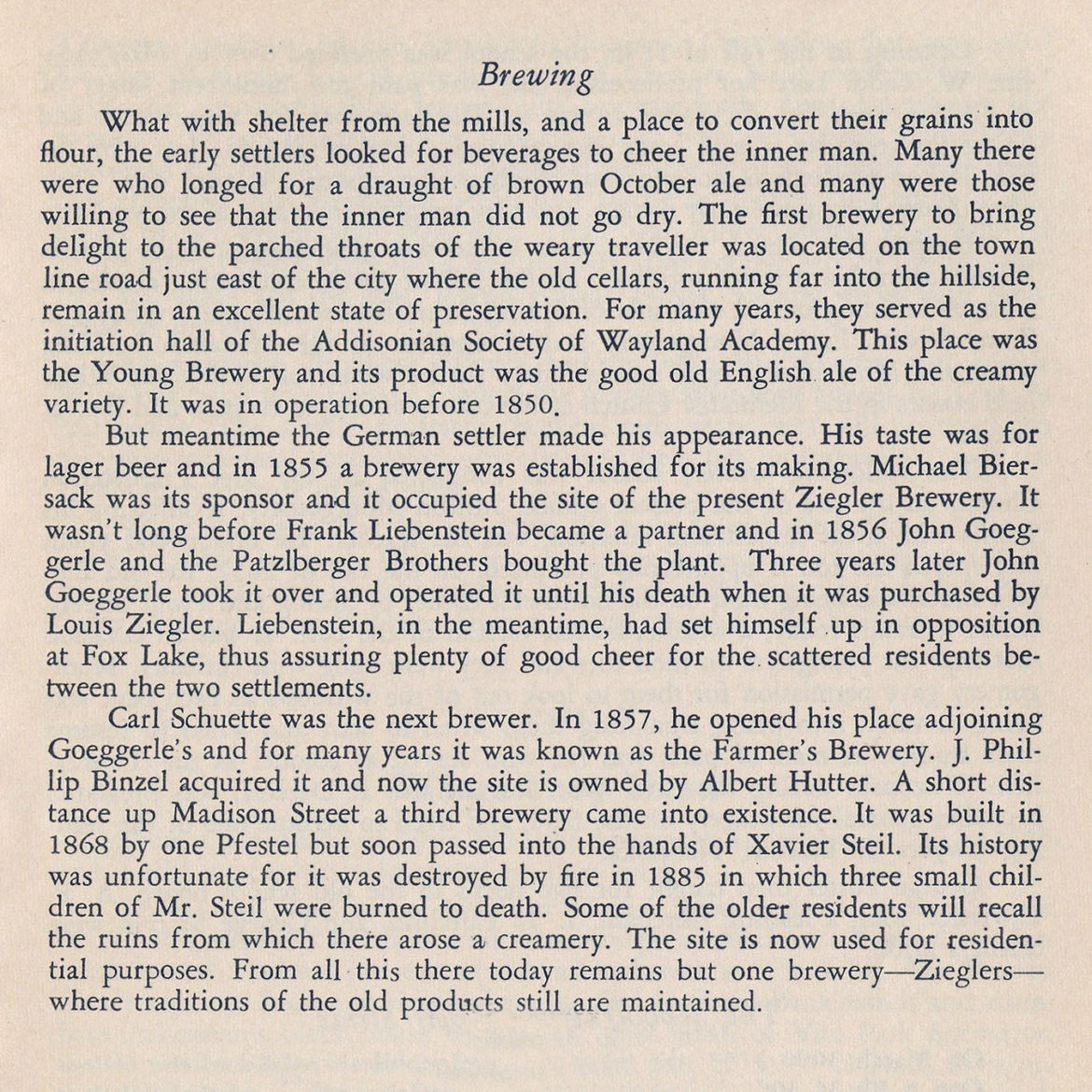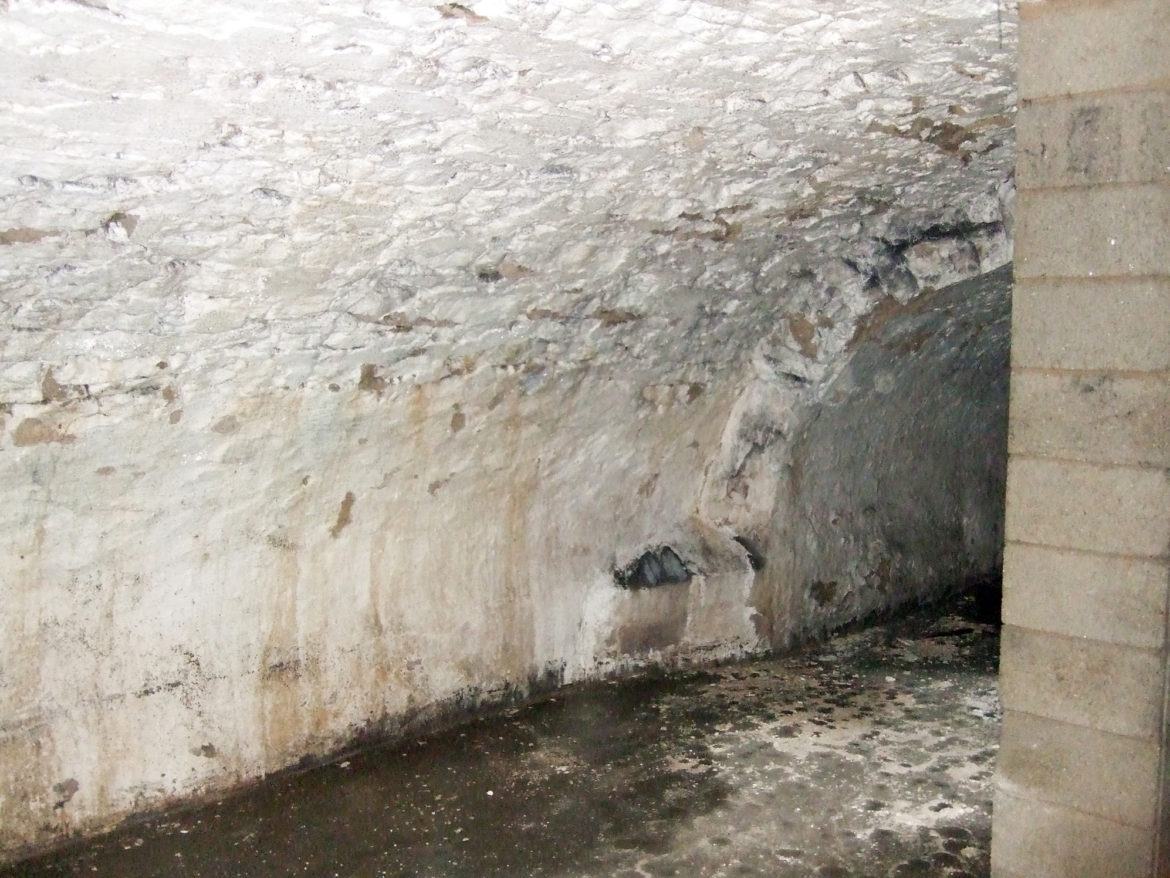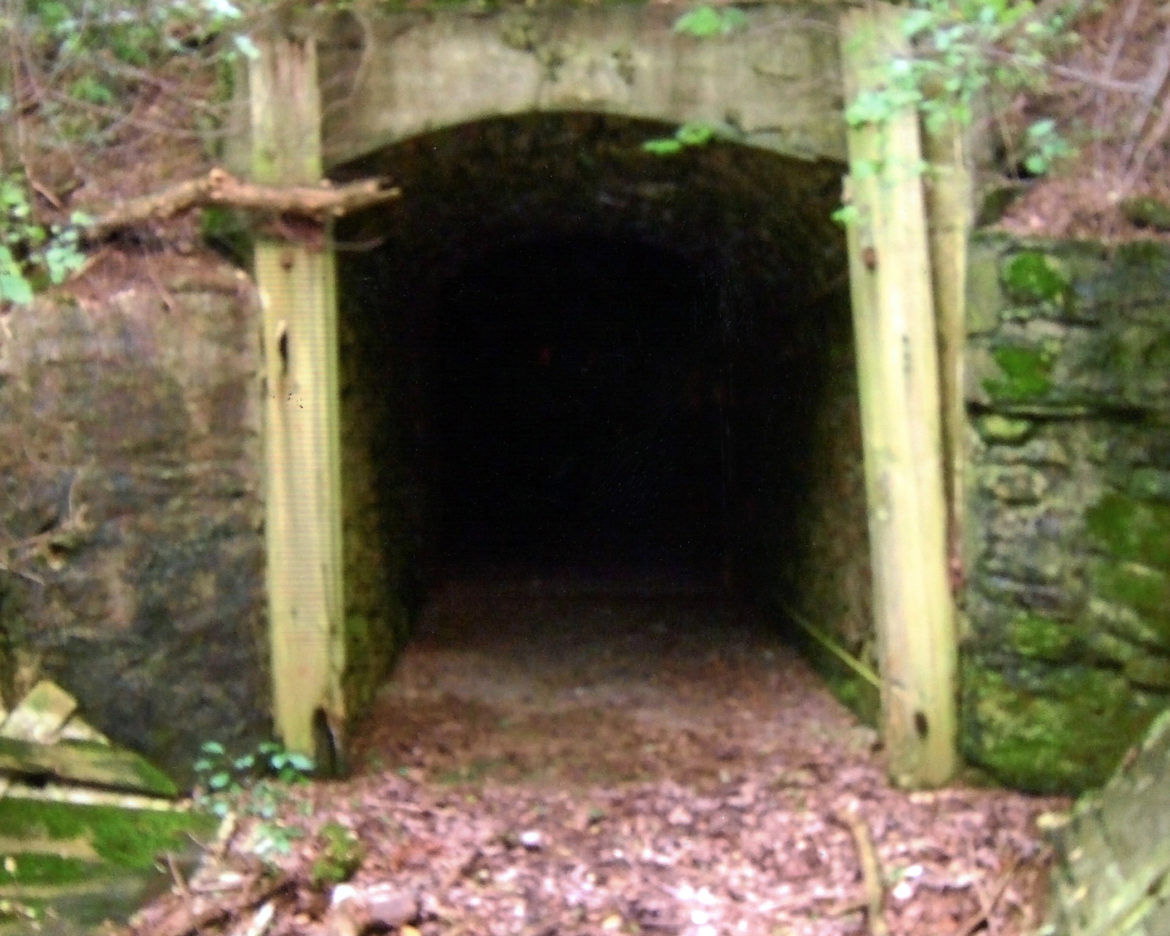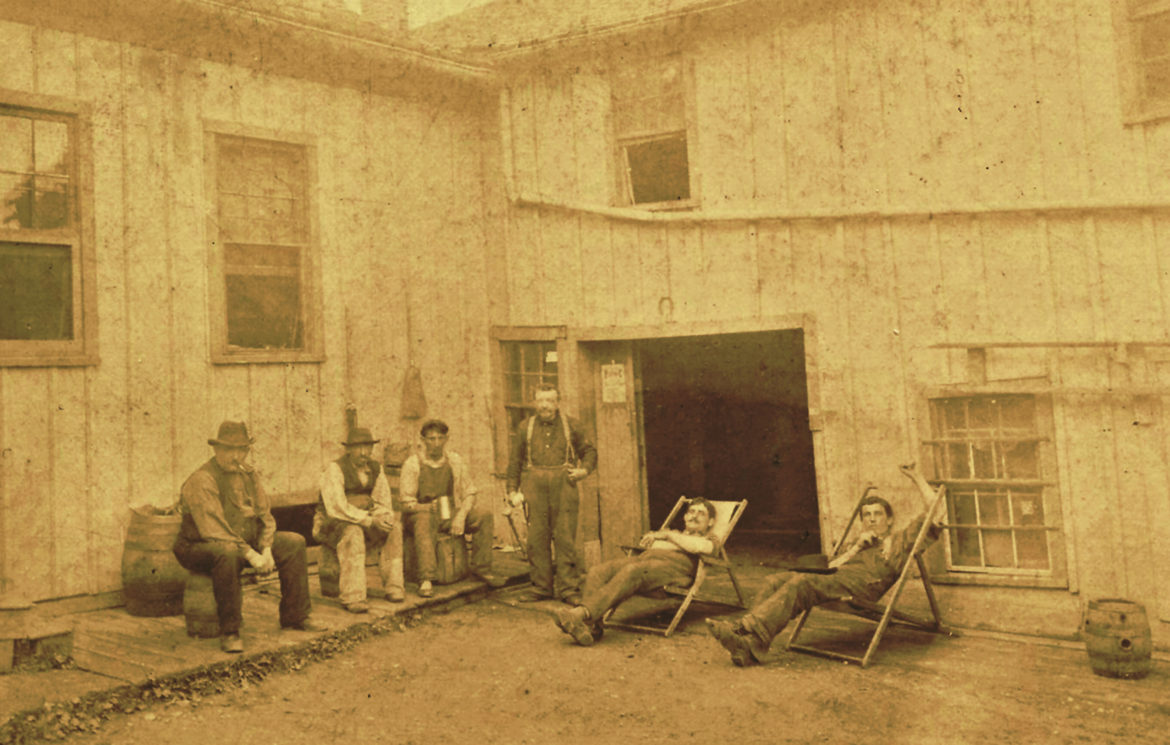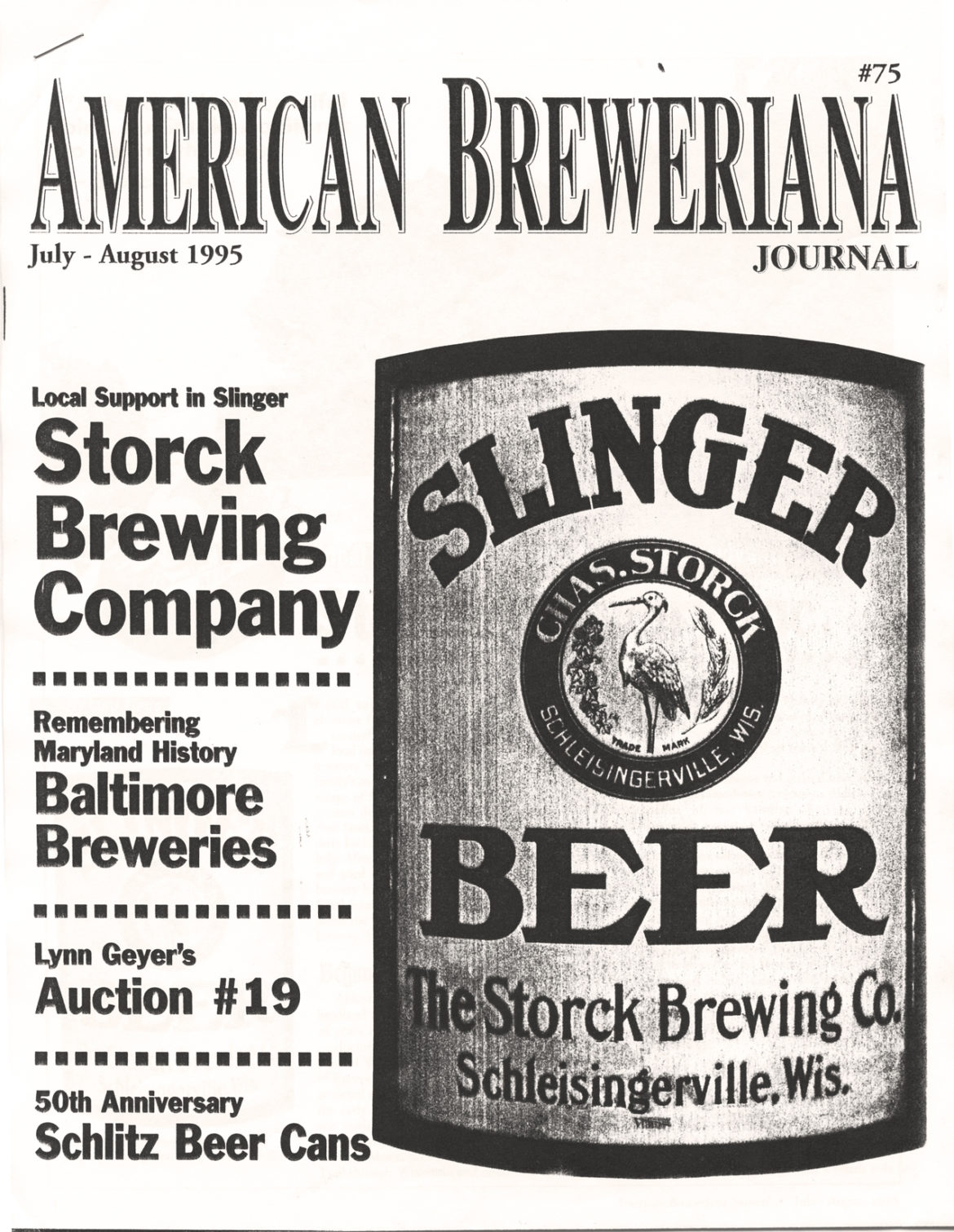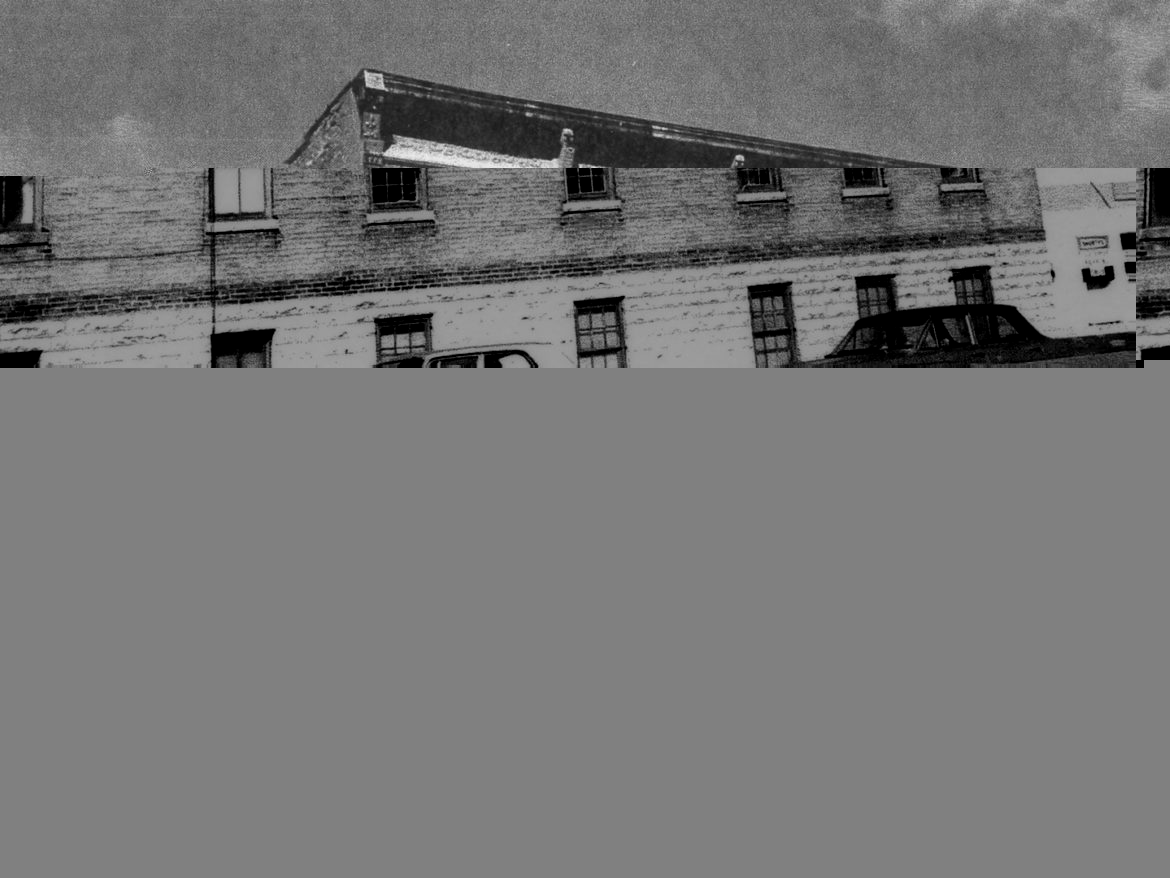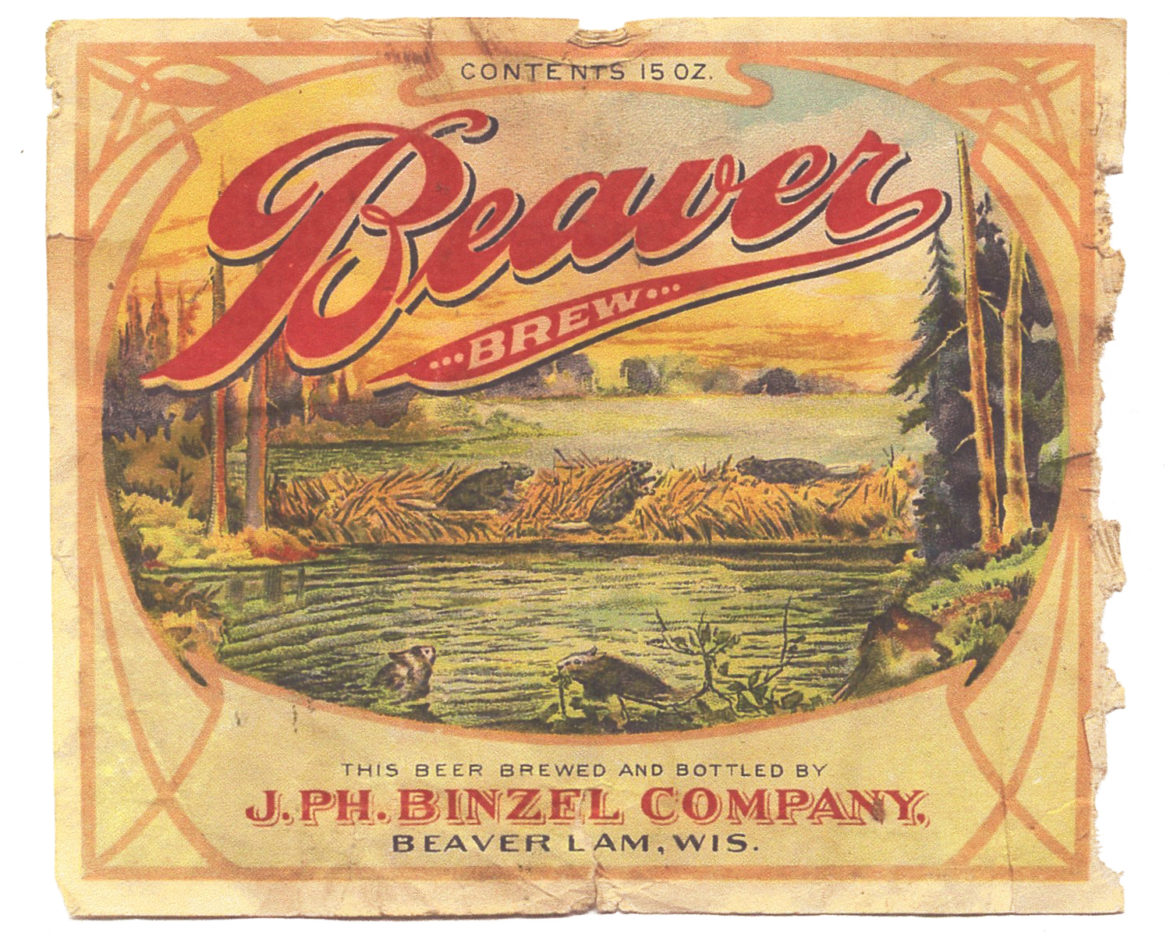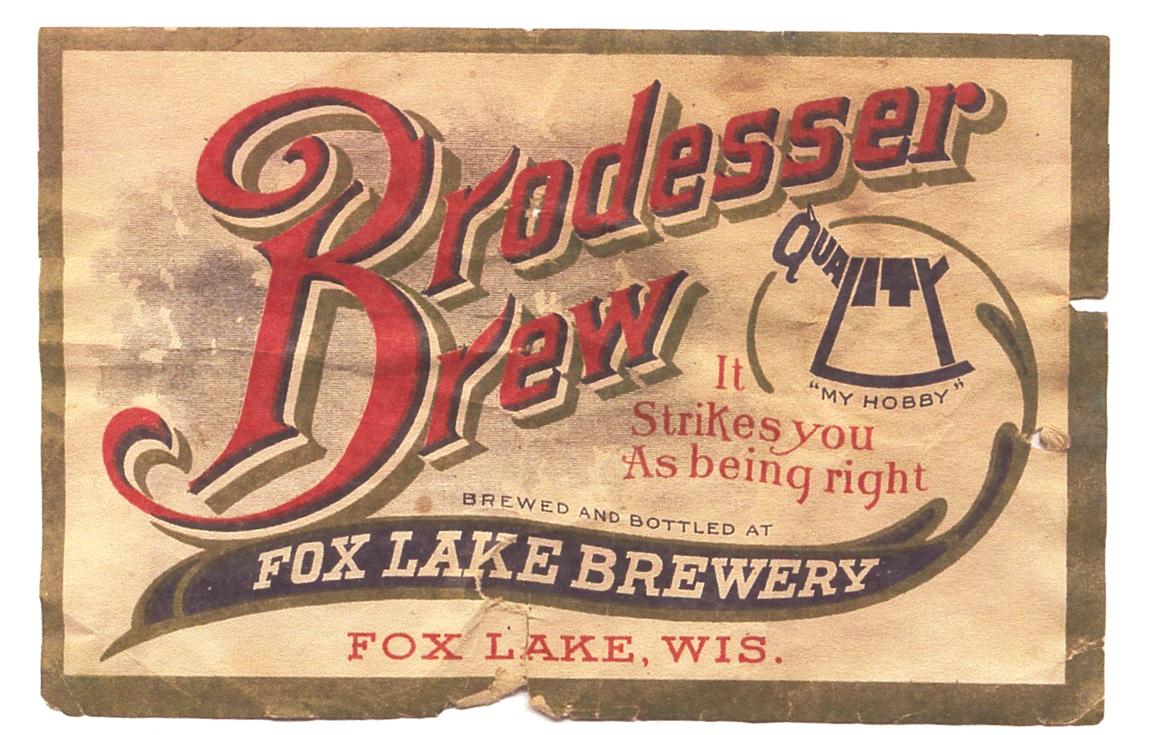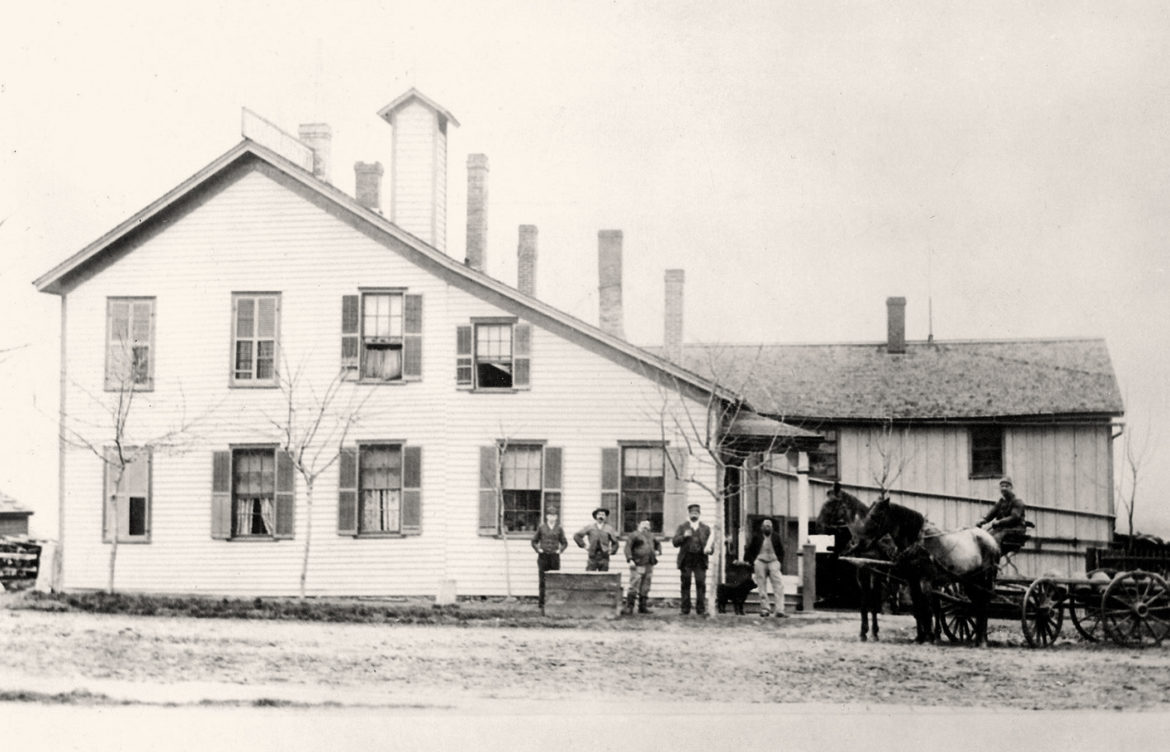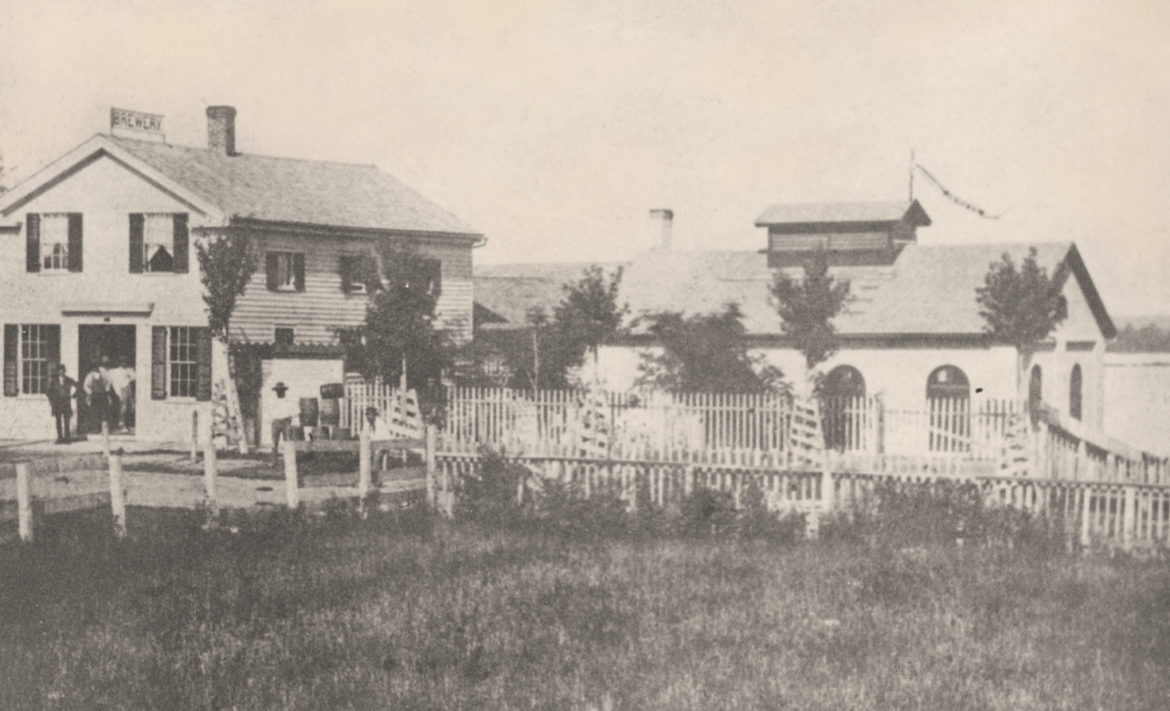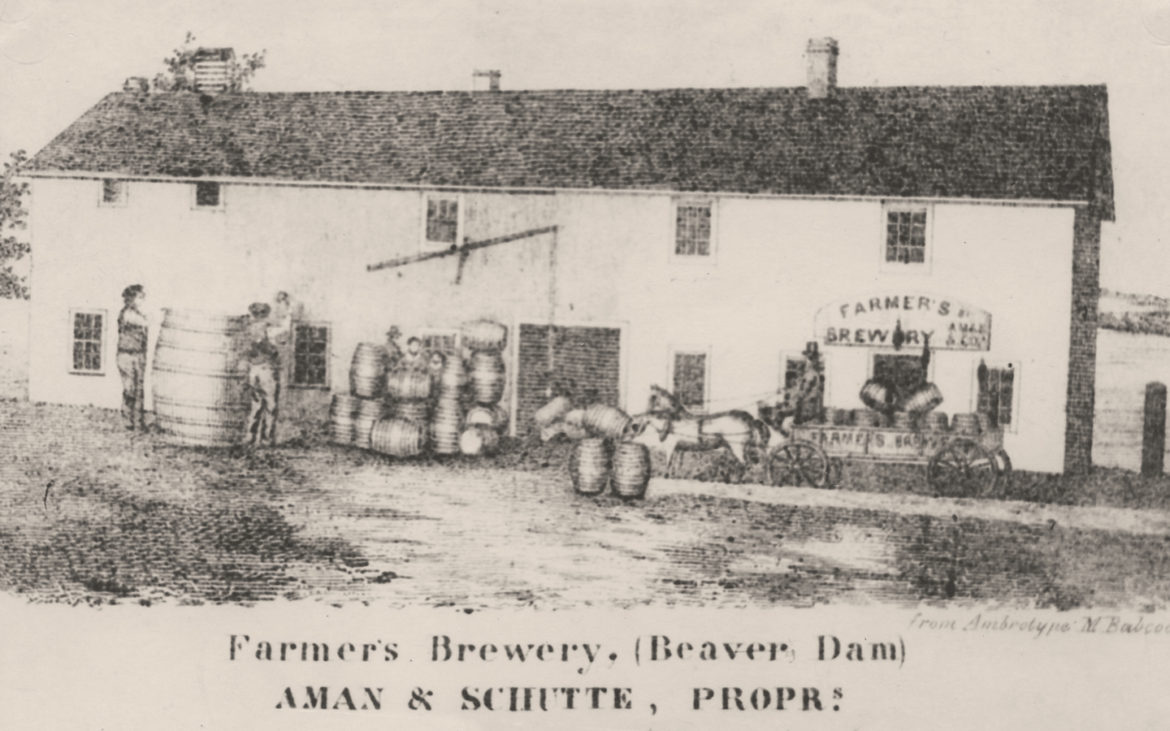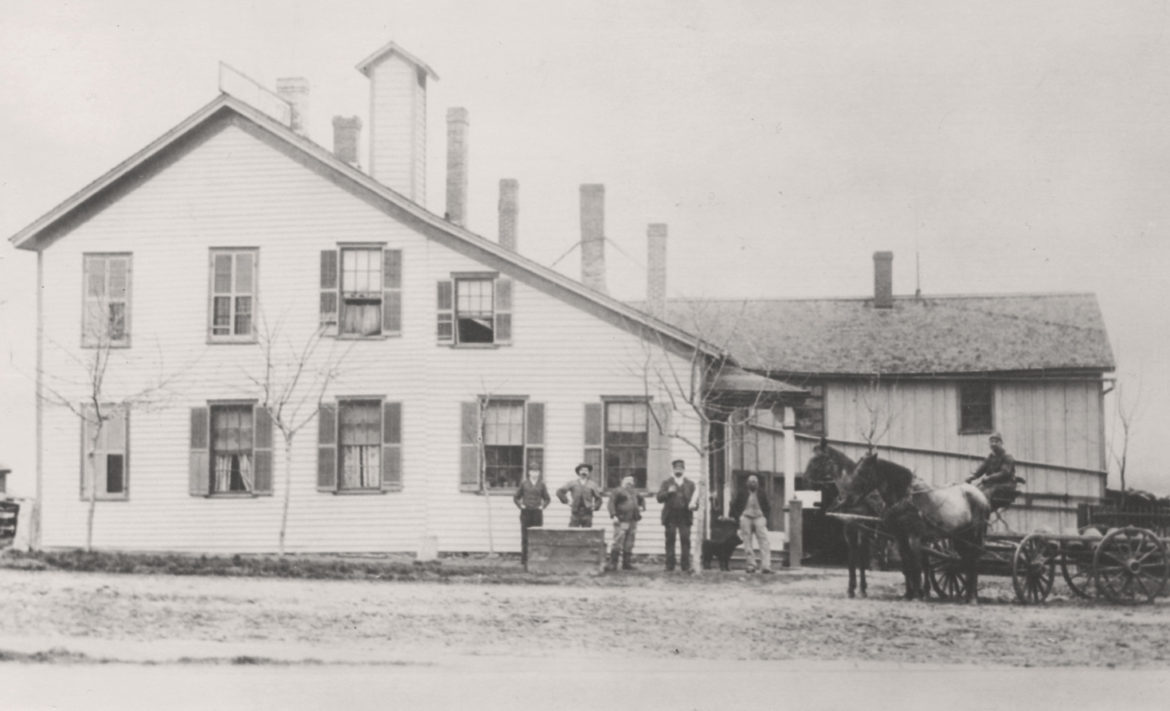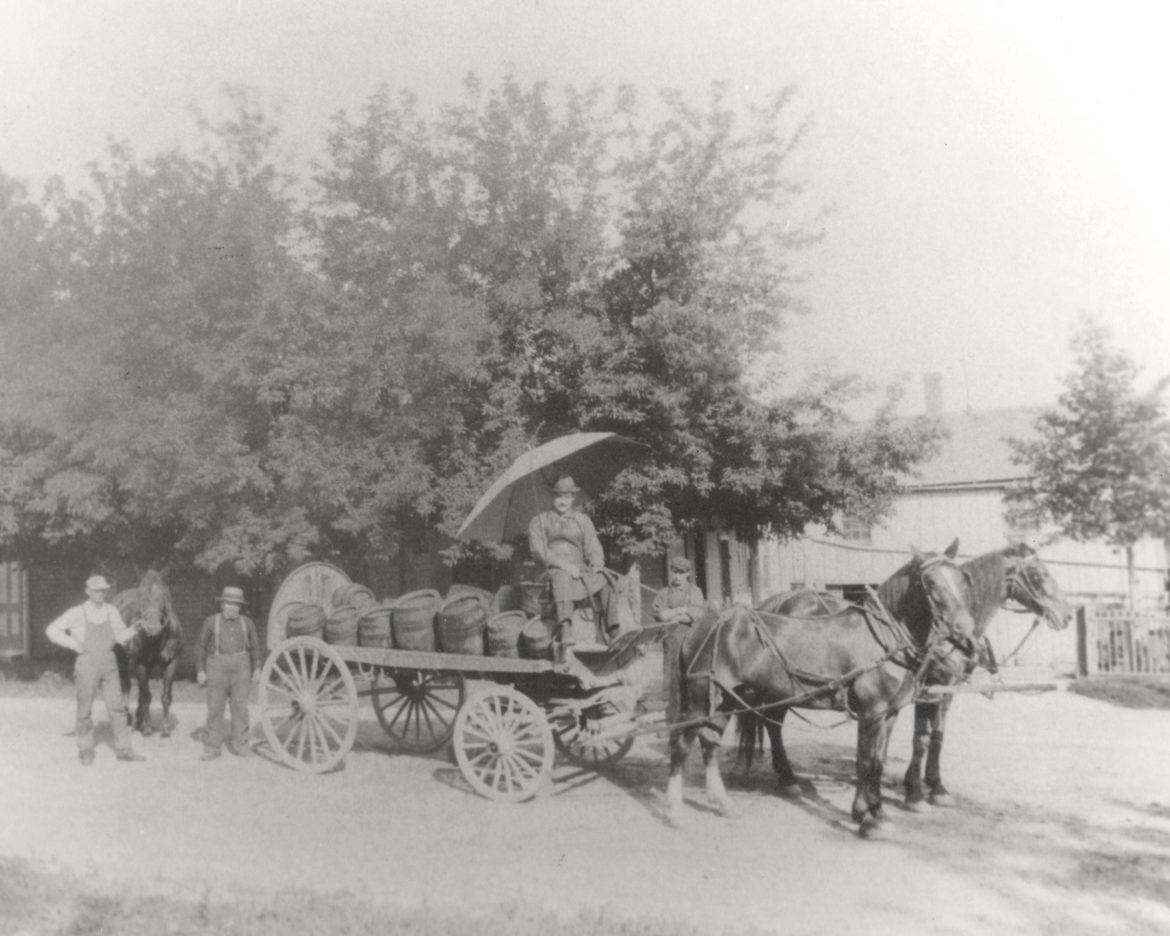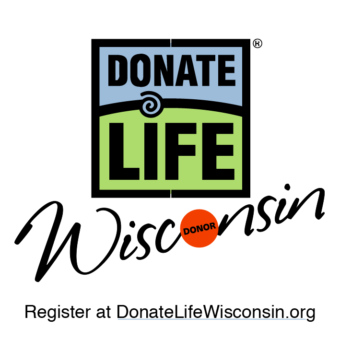Publishers Note: This feature originally appeared in our July / August 2015 print edition. It’s always a good read.
The history of Beaver Dam breweries spans 100 years. Immigrants of European descent founded Beaver Dam, and they were accustomed to beer being a part of their daily life. Early settlers in Wisconsin had to make their own beer due to the lack of breweries and most home brews were not of a good quality. Savvy entrepreneurs realized that there was a market for good beer in Wisconsin. Fortunately, the state was a good place for brewing beer with the ability to produce needed grains, plentiful water, and an ice supply to chill the beer. Eight years before Wisconsin became a state, there was already a commercial brewery in the territory. Richard Owens opened the first brewery in 1840 in Milwaukee. Originally called Milwaukee Brewery, it was later renamed Lake Brewery.

By: Glen Link
Beaver Dam did not have to wait long for their first brewery. Thomas Young began brewing top fermented ales in limited quantities at a farm brewery outside of Beaver Dam a few years before Michael Biersack started the first lager brewery in 1853. The Beaver Dam Brewery was located at 516 Madison Avenue. Beirsack sold his brewery in 1856 to John Goggerle and John and Joseph Patzlsberger, who had been working together at a brewery in Madison. Joseph Patzelsberger passed away in 1862 and John Goggerle purchased the balance of the shares and became the sole owner of Beaver Dam Brewery. During the Civil War, his brewery also produced a type of whiskey made from wild cherries, plums, and other fruits. The beverage was referred to as “grog.”
Charles Schutte started a second brewery, Farmer’s Brewery, next to the Beaver Dam Brewery on Madison Street in 1857. The following year he merged with George Aman and Company, but Schutte took back sole ownership in 1864. Schutte sold Farmer’s Brewery to Philip Binzel in 1866. Binzel had served an apprenticeship with both Schlitz and Blatz in Milwaukee. He had started a brewery in Waupun, but it had burned down. In 1892, Binzel tore down the original Farmer’s Brewery and rebuilt the brewery in brick. Philip Binzel passed away in 1902, and his wife with the assistance of two sons, Edward and Alvin, continued to run the business. The name was changed from Farmer’s Brewery to J. Philip Binzel Brewing Company to honor her late husband. A third son, Rudolf, bought the brewery four years later and operated it until they quit brewing in 1920 at the beginning of Prohibition.
From 1864 to 1866, Aman Brewery operated on Madison Street. It was sold to new owners in 1866 and just two months later it burned down. Another brewery, named The New Brewery, was opened on the same site by Mr. Pfestel in 1868 and was open until 1885. The brewery was the smallest in Beaver Dam and in its best year produced less than 500 barrels of beer. The brewery was closed when the entire building, including living quarters in the rear, burned down. Three children of the owner perished as they slept.
During the 1870s, the Madison Street breweries constructed underground cellars to keep the beer cool during the summer months. The cellars were below the water table, so skiffs were used to transport barrels in the cellars.
Near the turn of the century, Bon Ton Bottling Works, a local soda manufacturer, began to brew their own beer. This didn’t sit well with Schlitz since Bon Ton was the local agent for Schlitz. They quit brewing beer in 1916. Another soda manufacturer, Beaver Dam Bottling Company, had started brewing beer in 1907 and quit brewing at the beginning of Prohibition in 1920.
In 1902, John Goggerle passed away and Beaver Dam Brewery became the possession of his son Frank. Frank Goggerle died just three years after his father and the brewery was put up for sale and purchased by Louis Ziegler of Mayville, Wisconsin. He re-named the brewery, Louis Ziegler Brewing Company. Under his leadership, sales grew at a rapid pace. In 1912 Ziegler built a new brewery next to the original brewery. The original brewery was torn down the following year and Louis Ziegler built a new home on the original site, which still stands today. During Prohibition, Ziegler stayed in business by manufacturing and selling malt wort, technically not a “beer” but used by many Beaver Dam residents to brew their own beer.
Louis Ziegler died in 1927 and the business continued under his wife’s guidance. Before Prohibition was repealed the company was reorganized and George Hutter (son-in-law) was named president and Louis Ziegler Jr. was treasurer. The brewery purchased hops and malt and refurbished their equipment in preparation for the repeal in 1933. The Ziegler Brewery experienced growth after prohibition. The Binzel Brewery building next door was purchased in 1936 and remodeled to increase capacity for Ziegler Brewery. The following year, Mrs. Ziegler sold out to Hutter Construction of Fond du Lac, which was owned by the brother of George Hutter. Hutter Construction was the company that built the Hotel Rogers in Beaver Dam.
During the 1940s, the capacity of Ziegler Brewery reached 50,000 barrels. Ziegler Brewery was expanding and purchased the Ebner Brewery in Fort Atkinson in 1946 and the Kunz Brewery in La Crosse in 1948. Ziegler Brewery seemed poised to become a large regional brewery. All three breweries were sold to a California company in 1949, and the next year the Fort Atkinson and La Crosse breweries were closed. Then, in 1953 the company was dissolved, and Ziegler Brewery was closed. Beaver Dam no longer had a brewery to call its own.
